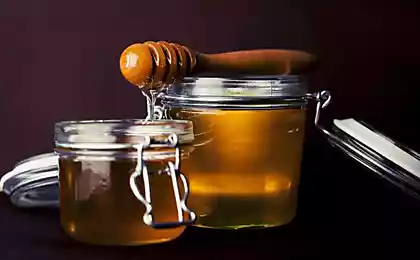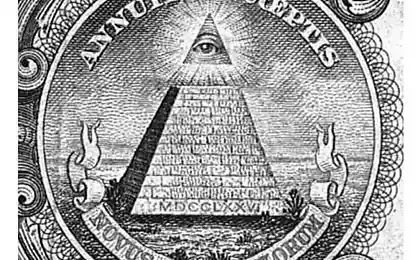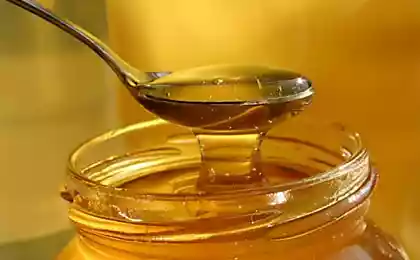175
The market is no longer cheated, I know how much honey weighs in a three-liter jar.
It is hardly possible to name a few foods that would be counterfeited as often as honey. There are many ways to check it. But some of them are too complex and inaccessible, for example, in the market. Others are guilty of subjectivity. Today we will tell you how to determine the quality of honey by its density. This is very simple, you just need to remember a few numbers.

As you know, bees make honey from nectar, in which more than 80% of moisture. To do this, they have to distribute the sweet juice of plants into cells, saturate with enzymes and create conditions in the hive for its drying.

Over time, the humidity of honey decreases, and small workers seal it for long-term storage. Then, according to all the rules, honey should be pumped out. If the beekeeper hastened and pumped out unsealed honey, its humidity will be higher. And since honey is heavier than water, the density of such a product will be less.
Several factors affect the amount of moisture in honey. It can increase if bees collected honey in rainy weather, with early pumping from honeycombs and storage in leaky containers. Based on this, a table was compiled in which you can clearly see the relationship of the specific weight and humidity of honey with its quality.
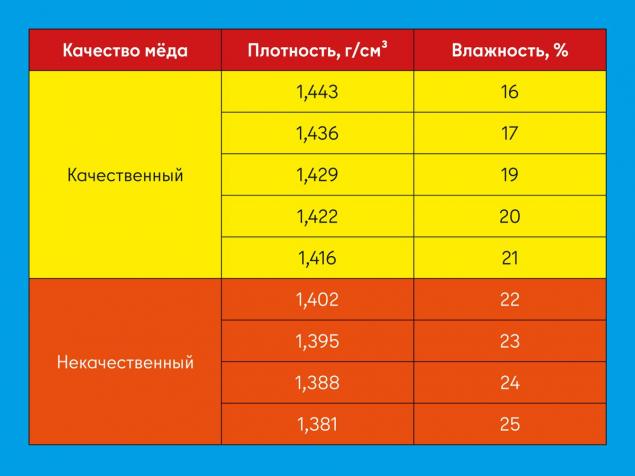
In many countries, honey density is the main parameter for assessing its quality. So, in Canada, the lower threshold should be at least 1.47 g / cm3, in Australia - 1.45 g / cm3, and in Russia - 1.41 g / cm3. According to experienced buyers, a product with a humidity of 15-17% cannot be found on sale, and 21% is already a sign of low quality. Therefore, it is necessary to focus on 18-19%.

It turns out that, knowing the volume and weight of the container, you can determine the quality of the natural product by simply weighing. To do this, put the can on the scale, subtract the weight of the can from the testimony and divide the resulting value by its volume. If the density is significantly lower than the normative, the honey is diluted with water. If higher, it is mixed with sugar, flour, starch.
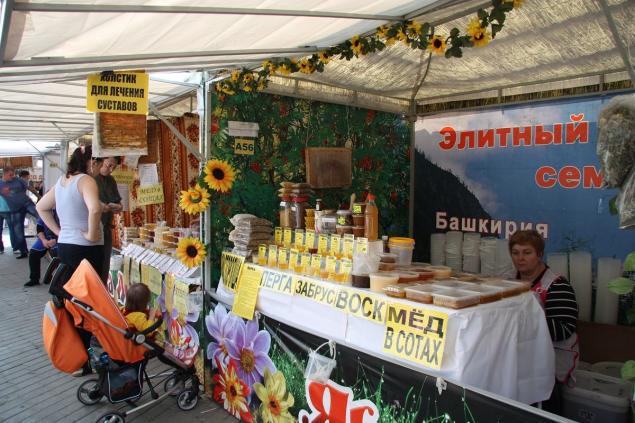
Recall that a half-liter jar weighs 180-260 g, 1 l - 360-400 g, and 3 l - 920 g. The time of year should also be taken into account. In hot weather, the volume of honey increases slightly, and the specific weight falls. In the cold, its density, on the contrary, increases.

When making a purchase, you can check the moisture contents in another simple way. Put some honey on paper. A quality product will begin to be absorbed into it only after 5-7 minutes. If this happened earlier, the honey is diluted with water. Other tips on how to distinguish real honey from fake, we shared earlier. Choose only the best for your family!

As you know, bees make honey from nectar, in which more than 80% of moisture. To do this, they have to distribute the sweet juice of plants into cells, saturate with enzymes and create conditions in the hive for its drying.

Over time, the humidity of honey decreases, and small workers seal it for long-term storage. Then, according to all the rules, honey should be pumped out. If the beekeeper hastened and pumped out unsealed honey, its humidity will be higher. And since honey is heavier than water, the density of such a product will be less.
Several factors affect the amount of moisture in honey. It can increase if bees collected honey in rainy weather, with early pumping from honeycombs and storage in leaky containers. Based on this, a table was compiled in which you can clearly see the relationship of the specific weight and humidity of honey with its quality.

In many countries, honey density is the main parameter for assessing its quality. So, in Canada, the lower threshold should be at least 1.47 g / cm3, in Australia - 1.45 g / cm3, and in Russia - 1.41 g / cm3. According to experienced buyers, a product with a humidity of 15-17% cannot be found on sale, and 21% is already a sign of low quality. Therefore, it is necessary to focus on 18-19%.

It turns out that, knowing the volume and weight of the container, you can determine the quality of the natural product by simply weighing. To do this, put the can on the scale, subtract the weight of the can from the testimony and divide the resulting value by its volume. If the density is significantly lower than the normative, the honey is diluted with water. If higher, it is mixed with sugar, flour, starch.

Recall that a half-liter jar weighs 180-260 g, 1 l - 360-400 g, and 3 l - 920 g. The time of year should also be taken into account. In hot weather, the volume of honey increases slightly, and the specific weight falls. In the cold, its density, on the contrary, increases.

When making a purchase, you can check the moisture contents in another simple way. Put some honey on paper. A quality product will begin to be absorbed into it only after 5-7 minutes. If this happened earlier, the honey is diluted with water. Other tips on how to distinguish real honey from fake, we shared earlier. Choose only the best for your family!
Clean housewife prepares food for a month, spends only 1 day in the kitchen no longer appears
Valuable things from the past that are not worth a penny now




